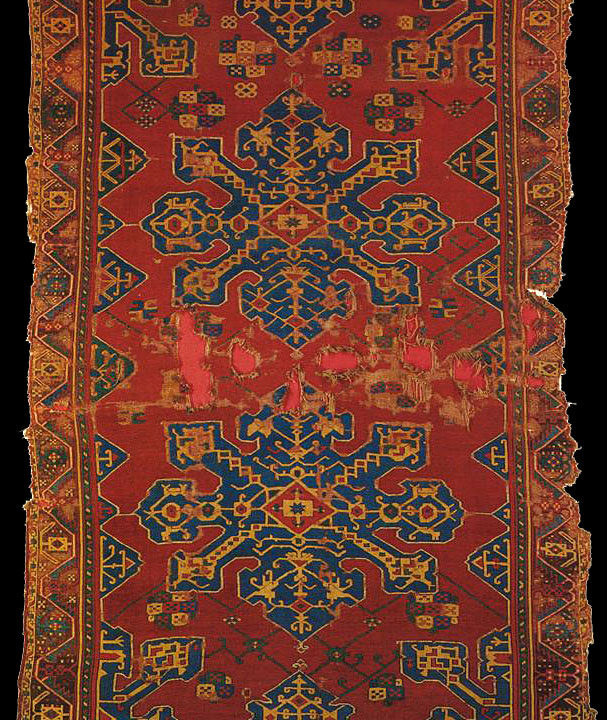
Fiber Culture, The Nomad Way to Use Wool, Goat Hair and Other Fibers in Weavings
November 19, 2020
Handwoven Carpets of Turkey – 2 Central Anatolia
November 19, 2020Eastern Anatolia has specific geography very suitable to feed sheep and goats and make transhumance. The high altitude of the pastures and the summer rains and the snow cover which rests for a long period on the soil make the grazing of the land not only in an abundant amount but very diverse as the amount of the species of plants too.
Those properties attracted many ethnicities and cultures who wanted to feed sheep and goats in a nomadic way for millenniums. Armenians, Nestorians, Kurds, and Turkmens came to the area in different centuries and live in a pastoralist life cycle and in harmony with each other until the first World War take place ob this geography.

Van lake, with a view of Akhtamar Armenian church and Artos mountain in the back, Van, 2019

Beritan Tribe, in a pasture on Şarafettin Mountains Bingöl, Eastern Turkey, 2016
The area’s natural boundaries begin from Sivas plateaus in the west, follow the altered Mediterranean climate of Marash and Osmaniye cities, reach until the Eastern Taurus Mountains surrounding Malatya -Adıyaman-Diyarbakır line, moves towards Hakkari Mountains, and goes back to the north passing from the east of Van lake, follows very high mountains of Tendurek and Ağrı, and is surrounded by the Black Sea in the north.

Eastern Anatolia Region

An Armenian family from Çatak, Van area, with the clothing they wove and tailored for their own use. the beginning of 20th century, Eastern Turkey

Sheep of Eastern Anatolia with long and glossy fibers, Tatvan, Bitlis, 2015
The sheep bred there have long and glossy wool which is very suitable for making very fine warps. This property is realized and used by local semi-independent and independent states in the 15th century when we first meet the state-controlled workshop productions in the area. Most probably started by the Akkoyunlu state, this production had taken place in Eastern Anatolia around Sivas, Erzurum, and Erzincan during the 16th and 17th centuries. In the first stage of this production, it is obvious that a city-based workforce is used regardless of ethnicity. Safavid effects of extremely floral and cloud band designs may be seen as well as Chintamani patterns. The Caucasus and Iranian effects have also introduced animal figures into the patterns.

15th century Eastern Anatolian workshop carpet with very fine structure and floral and cloudband patterns with Persian influence. Vakiflar Museum

15th century Eastern Anatolian workshop carpet with very fine structure and floral and cloudband patterns with Persian influence. Vakiflar Museum

15th century Eastern Anatolian workshop carpet with very fine structure and floral and cloudband patterns with Persian influence. Vakiflar Museum
On the other hand, the nomadic and semi-nomadic entities which are Kurdish or Turkmen or a harmonious mixture of both such as the Reshwan tribal confederation had developed their style, sometimes influenced by the early workshop production taken place in Eastern Anatolia in the 14th century, which has become a tribal style in the following centuries.
[

Tribal carpet belonging to Reshwan Kurds, 19th century, Eastern Anatolia, Private collection

Tribal carpet belonging to Reshwan Kurds, 19th century, Eastern Anatolia, Private collection
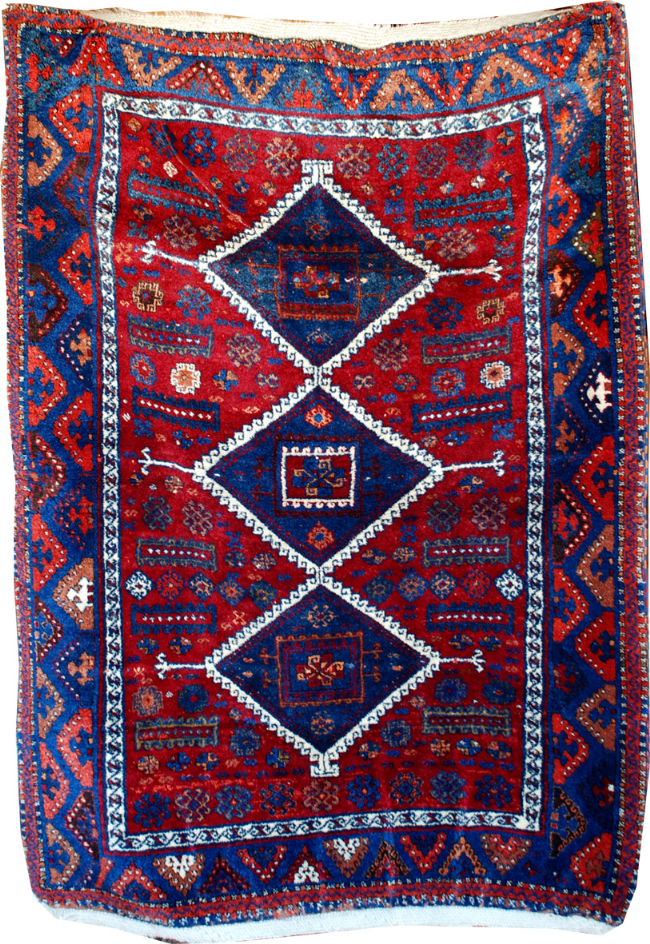
Tribal carpet belonging to Reshwan Kurds, 19th century, Eastern Anatolia, Private collection

Tribal carpet belonging to Reshwan Kurds, 19th century, Eastern Anatolia, Private collection
In the area, the pile of the carpets is generally long, near one cm or even longer. This has two main reasons: The first one is very obviously geographical, which is that the winters are extremely cold and these carpets aim to provide heat isolation on the ground of houses or tents. The second reason is based on a more aesthetic fact that it is a way to show the glossy and silky quality of the pile yarn.

Kağızman carpet with typical glossy and high pile. 19th century, Eastern Turkey, Private collection
Conjuntion with this property, the colors in this region are generally dark and saturated. Blood to cherry reds, the usage of very dark brown field color, saturated purples, dark ocher yellows, and cold cochineal reds are very typical of the area. We should not forget the extreme talent and experience of Armenian dye makers of the area as the primary source of these beautiful colors. The very dark blue color increases in the areas where the Caucasus and Iranian influence is more visible.

Eastern Anatolian prayer rug, mid-19th century with saturated cochineal red, dark blue and apricot colors, private collection

Antique Eastern Anatolian carpet, 19th century, with saturated colors, private collection

A special carpet of early 17th century, with saturated workshop dyes from Sarkisla, Eastern Turkey, Moshe Tabibnia Gallery
On the other hand, as a characteristic of the area, an important number of sheep in the local area called “Serhad” are from light to dark Brown in color. The “Serhad” area, including the cities of Kars, Ağrı, the north part of Van, Bİngöl, and Muş, is maybe the accumulation of the coldest cities in the land. So the carpets woven there generally have all kinds of brown shades, sometimes over-dyed with other colors. These carpets are very coarse and rough, contrary to the carpets belonging to the other parts of Eastern Anatolia. It is very difficult to see early carpets from this region, probably for the reason that the carpets are not fine enough to be collectible. However, we will put some examples here to give an idea about them.

Vintage “Serhad” area carpet with natural wool clors and some dyed yarns. Eastern Turkey, private collection

Vintage “Serhad” area carpet with natural wool clors and some dyed yarns. Eastern Turkey, Private collection
P

Vintage “Serhad” area carpet, cming from Kars city, with natural wool clors and some dyed yarns. Eastern Turkey, Private collection
As a summary: The Eastern Anatolian Area has a rich ethnic-weaving culture, suitable geographical properties, and a long carpet tradition. With these properties, it is one of the most important carpet production areas of Turkey.
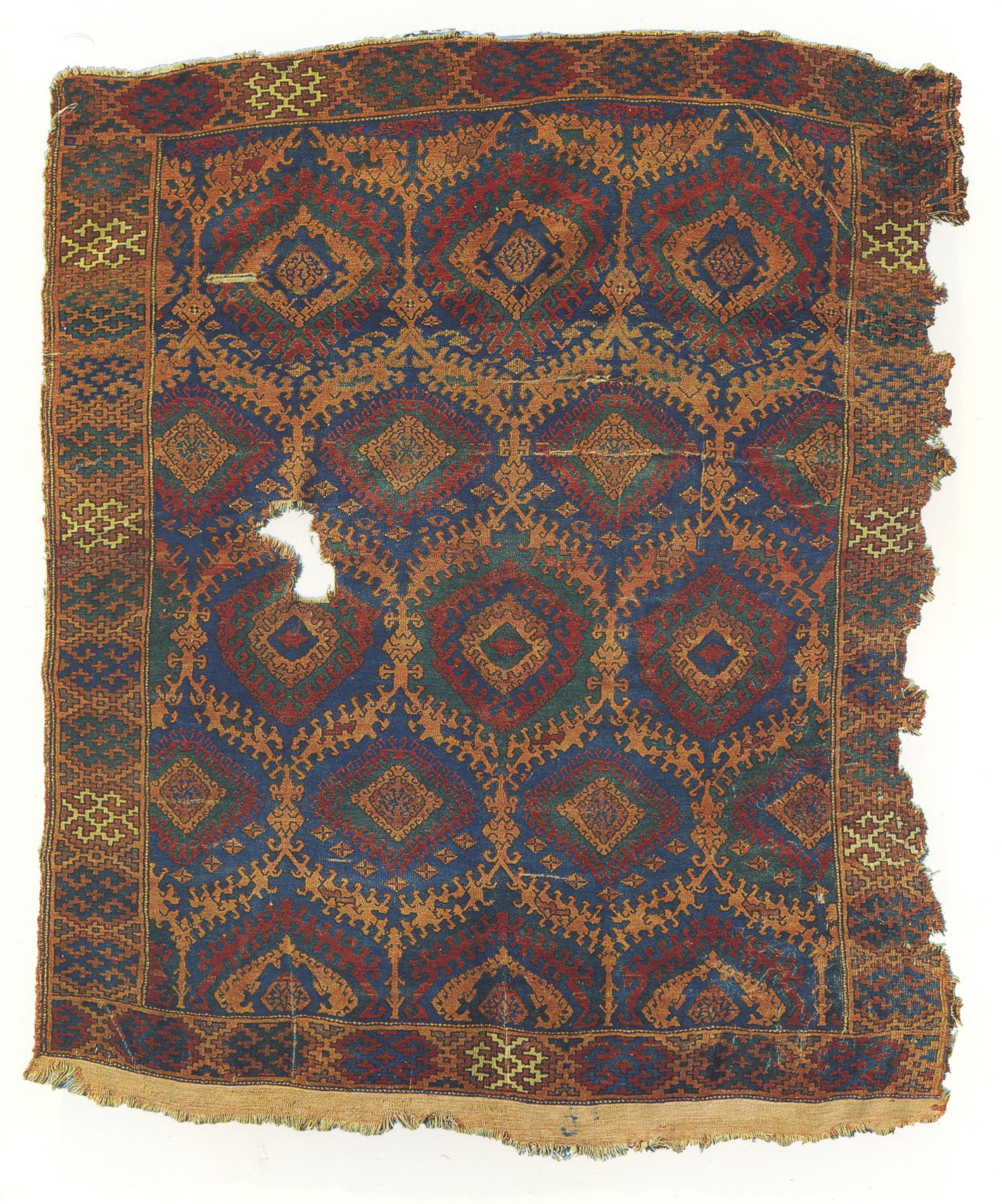
Early East Anatolian carpet, Sarkisla, Sivas, early 17th century, Vakiflar Carpet Museum, Ankara

Antique East Anatolian carpet, Sarkisla, Sivas, mid-19th century, Private collection

Antique East Anatolian carpet, Sarkisla, Sivas, mid-19th century, Private collection

Antique East Anatolian carpet, nomadc Shavak Tribe, Bingöl-Tunceli-Elazıg tirangle mid-19th century, Private collection
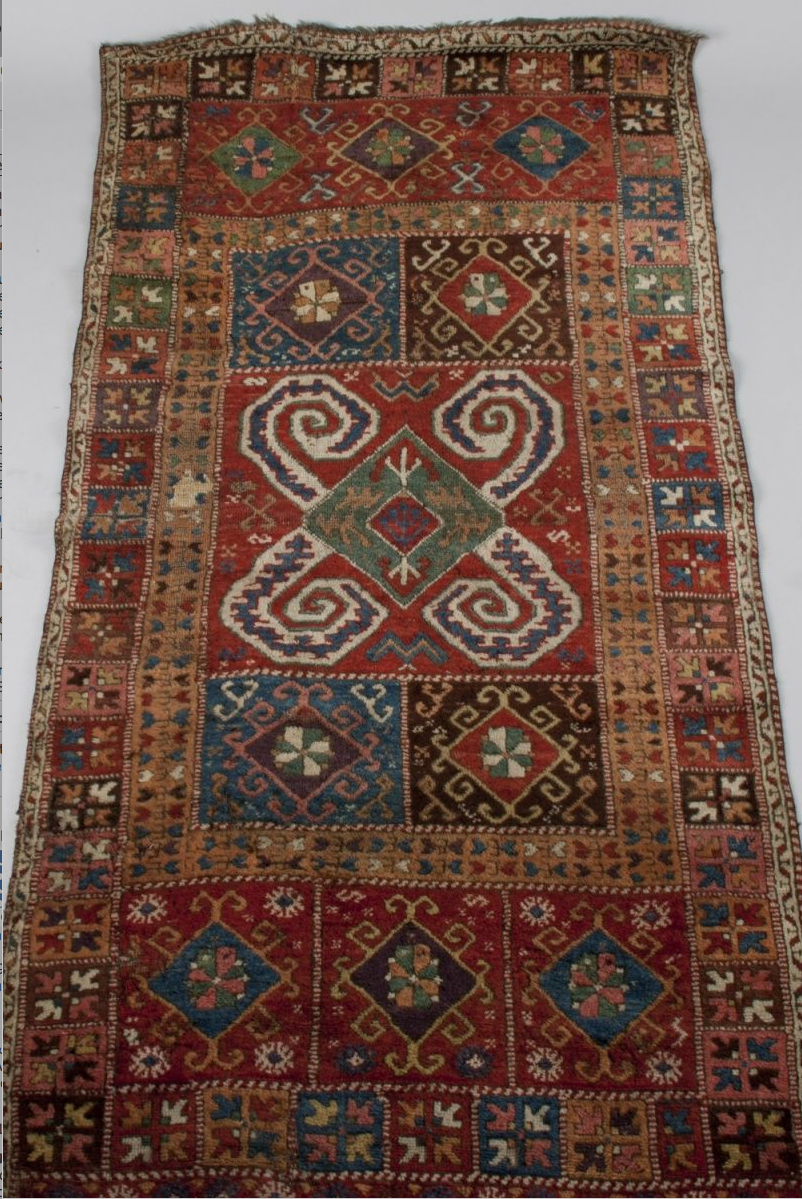
Antique Kağızman carpet, 19th century, Eastern Turkey, Private collection
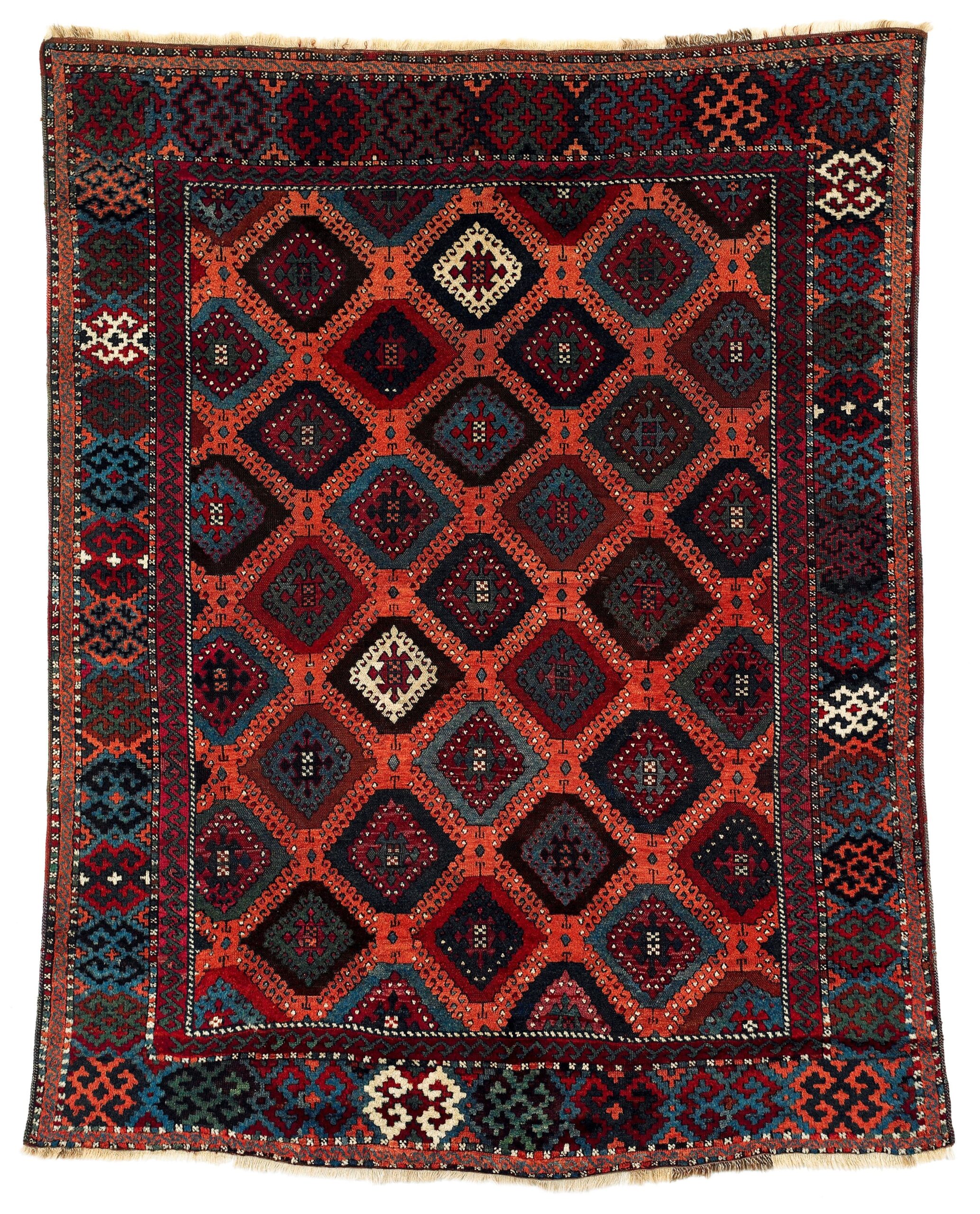
Tribal carpet belonging to Reshwan Kurds, 19th century, Eastern Anatolia, Private collection



